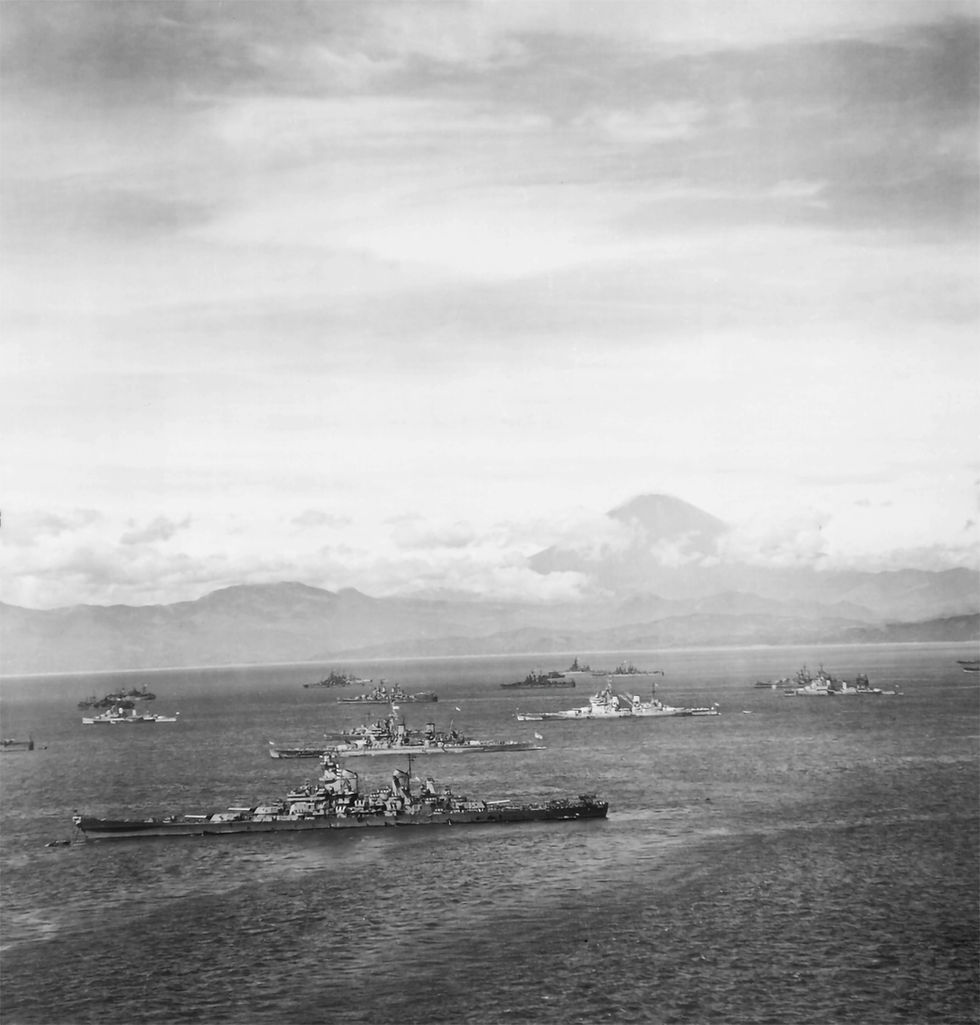SBS - The first air-to-ship storming of a hostile vessel in military history
- Si Biggs

- May 9, 2022
- 4 min read
Updated: Sep 22, 2024
Unit/ Formation: SBS
Location: Falkland Islands
Period/ Conflict: The Falklands War
Year: 1982
Date/s: 9 May 1982
Her Majesty's Government will continue to enforce this Exclusion Zone
which applies not only to Argentine warships and Argentine naval
auxiliaries but also to any other ships, including merchant and fishing
vessels, which are operating in support of the illegal occupation of the
Falkland Islands by Argentine Forces.
On 9th May 1982 two teams from 8 SBS assaulted an Argentinean spy trawler the ARA Narwal that had been shadowing the British fleet.
The ship had been damaged by bombs and cannon fire from an earlier attack by Navy Sea Harriers from HMS Hermes, one 1000 - 1b bomb missed but the other struck home but does not detonate however it severs the legs of kills a crewman sat on the toilet, who dies in the arms of the ships Captain. With no damage observed the Sea Harriers strafed the target with 30mm cannon before disengaging.
With the Narwhal badly damaged the crew began to abandon ship, issuing a Mayday call and lowering liferafts, but they had not been manned before the next two Sea Harriers were on the scene. They noticed few signs of distress, and with Narwhal's flag still flying, they also strafed it with cannon.
Woodward had wanted to capture Narwhal rather than sink her, both to avoid
casualties and also, it was hoped, to acquire evidence of a naval and intelligence role.
Invincible was told to prepare to board and capture Narwhal using SBS.
It is likely that the crew fearing the worst started to drink heavily.
The Narwal was listing badly when the assault force arrived in 2 Seaking helicopters.
At 1600Z after what seemed to the Commander to be an interminable delay [1], using techniques developed for maritime counter terrorism, the SBS assault team fast-roped onto the deck from a Seaking 4 and quickly secured the ship without any shots fired.
The crew, with 13 injured and one dead soon surrendered and were airlifted to HMS Invincible. Among the fishermen is an Argentine Naval intelligence officer. The Argentine crew refused to believe they are on Invincible as they had been told that she has been hit three times and sunk by the Argentine Aircraft.
Along with the shaken crew, vital intelligence documents were also retrieved and flown back to the fleet. With some relief, the documentation found proved that the Narwal was not an innocent fishing vessel but engaged in intelligence gathering.
Meanwhile, an Aérospatiale SA 330 Puma of the Argentine Army was sent to recover the crew of Narwal after receiving a distress signal, but was shot down by destroyer HMS Coventry with a Sea Dart missile, killing all three members of the crew.
The Narwal crew were later taken onboard HECLA, where crew gave up their mess deck bunks to the fishermen and the displaced crew moved to hammocks in the bulk survey store. The Intelligence officer was accommodated in a wardroom cabin and guarded and all were taken to Montevideo for repatriation.
A technical team was then sent aboard to investigate damage to see if it could be repaired and steamed clear of the TEZ, the vessel was taken in tow but sank the next morning. [1]
SBS eyewitness accounts state that the Narwal was rigged with standard charges on short time fuses placed below the waterline of the Narwal by the team before being extracted, on exploding the vessel upended stern first and sunk. [2]
The Seakings returned to pick up the SBS operators.
The SBS team were winched off and started their journey back to the carrier task group, however they had moved and the Seaking low on fuel would have to ditch 25 miles short of the carrier. On receiving the news HMS Glasgow was turned at best possible speed to meet the helicopter, teh pilot shut down 1 engine to preserve fuel and continued on flying low over the wave tops.
As they approached Glasgow the fuel lights were flashing and the pilot restarted the 2nd engine, the type 42 flight deck was not deigned for a Seaking and with 3ft to spare between the hangar and the rotor disk the helicopter was refuelled, the ships crew offered to check the oil and wash the windscreen!
Once fuelled the aircraft returned the SBS to the Hermes and Invincible carrier group the total flying time for the mission 4hrs 15mins.[2]
Later Admiral Woodward judged that this incident could have been politically disastrous' but
'finally turned out well'. [1]
This was the first air-to-ship storming of a hostile vessel in military history.
The Rules of Engagement were soon updated to include vessels engaged in surveillance or intelligence gathering. The Americans were later given evidence that the captain of the
Narwhal had been asked to deny in public that he fired first on British helicopters and to
claim that he was on a rescue mission. [1]
Read more here:
References
[1] The Official History of the Falklands Campaign: War and diplomacy [Lawrence Freedman, Professor of War Studies} (P636 - 637)
[2] Battle Ground - The Falklands Episode 5 (Podcast)
Search for more SBS 'Dits' on the RM Geo History Website here
RM A Geo History Map - Check out the pins here:








Comments